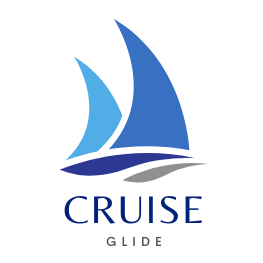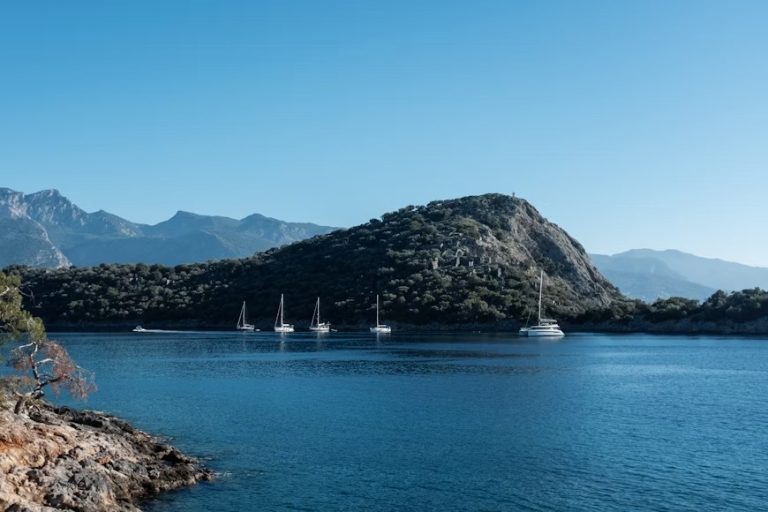Workplace Safety at Sea: Risks Faced by Cruise Employees
The cruise industry is often associated with leisure, luxury, and unforgettable vacations. But behind the scenes, thousands of employees work tirelessly to deliver that experience—many of them facing a unique and often underreported set of workplace hazards. From long hours to confined quarters and unpredictable conditions, cruise workers operate in one of the most complex and regulated work environments in the world.
A Unique Set of Risks
Working on a cruise ship is unlike any land-based job. Employees live where they work, often with minimal time off, limited privacy, and demanding routines. Some of the most pressing risks they face include:
- Slips, trips, and falls due to wet or unstable surfaces
- Excessive fatigue from long shifts and minimal rest
- Heat-related illnesses for those working in engine rooms or kitchens
- Musculoskeletal injuries from repetitive tasks or heavy lifting
- Exposure to infectious diseases such as norovirus or COVID-19
Add to that the psychological stress of separation from family, confined living spaces, and cultural or language barriers, and it’s clear why protecting cruise employees is both a logistical and ethical imperative.
The Numbers Tell the Story
According to the International Transport Workers’ Federation (ITF), more than 200 serious injuries and dozens of fatalities have been reported in the cruise industry over the past five years. And while the industry is regulated by bodies like the International Maritime Organization (IMO), enforcement often varies by ship flag, operator, and jurisdiction.
One startling stat: A 2020 report by the U.S. Department of Transportation’s Maritime Administration found that injury rates on cruise ships were significantly higher than those in other maritime sectors.
A Multi-Layered Safety Challenge
Ensuring safety at sea requires a multi-faceted approach. Cruise ships are floating cities, and just like urban centers, they must consider everything from fire suppression systems to food safety protocols. But what makes cruise work especially challenging is the blurred line between work and life. Crew members aren’t just on the job for 8 hours—they’re living it 24/7.
The confined nature of ship environments means that one safety lapse can quickly escalate into a ship-wide issue. Consider the risk of fires in cramped galleys, chemical exposure in laundry and cleaning stations, or the spread of illness in crew quarters with shared ventilation.
Crew Rights and Responsibilities
Maritime labor conventions are designed to protect seafarers, including cruise staff, but not every worker understands their rights—or how to act on them. This lack of awareness becomes critical in situations involving injury or unsafe conditions. In some cases, cruise employees may not even be sure if they’re entitled to financial redress.
That’s why resources that explain the process of claiming compensation for a work-related injury are essential. These guides help demystify what to do after an accident, who is liable, and how to seek help across international lines.
How Cruise Lines Are Responding
The good news: Many major cruise operators have started investing in stronger workplace safety programs. These include:
- Safety training and drills for both emergency scenarios and daily tasks
- Anonymous reporting systems for hazards or unsafe behavior
- Health screenings and vaccination protocols post-pandemic
- Fatigue management systems to balance rest and duty cycles
- Crew wellness initiatives, including access to mental health support
Some ships even assign “safety champions” or peer monitors on every deck to keep an extra set of eyes on day-to-day hazards.
Moving Toward a Safer Future
As the cruise industry rebounds post-COVID, the spotlight on health and safety has never been brighter. Companies that prioritize crew welfare not only reduce legal and reputational risks—they also build a more resilient, motivated, and loyal workforce.
Employees who feel safe are more likely to report issues, perform better, and stick with their employer longer. And passengers, too, are becoming more aware of ethical labor practices, which can influence travel choices.
Final Thoughts
Workplace safety at sea isn’t just about avoiding legal issues—it’s about valuing the people who keep the cruise industry afloat. Behind every vacation selfie is a network of employees who make it possible, often at great personal cost.
By continuing to address the hidden risks and offering support—through better training, transparent processes, and access to tools like injury claim guidance—cruise lines can ensure their success is built on more than just hospitality. It’s built on trust, safety, and respect.







